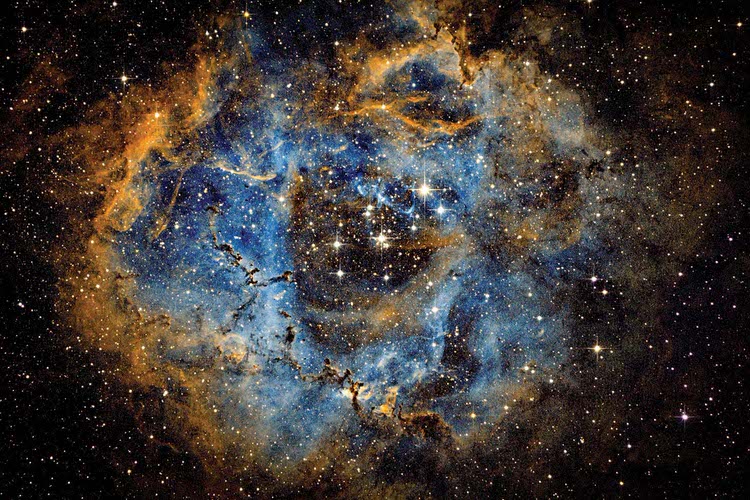
Larry Matney’s impressive picture of the Rosette Nebula was taken with an 800-mm Newtonian telescope and a camera equipped with special light filters. Total exposure time was about three and a half hours and required more post-processing time to create the colorized final product.
Lynn Warren
Each month, the Camera Club selects a picture as Photo of the Month and for February chose Larry Matney’s out-of-this-world example of astrophotography. The Rosette Nebula is an area of the Milky Way (our galaxy), rich in dust and gas, where new stars are formed. These stars emit radiation that causes hydrogen, oxygen, and sulphur gases to glow. This image was taken with a telescope and camera equipped with special light filters that capture these glowing elements, somewhat like the Hubble Telescope; eventually these are presented in familiar green, blue, and red colors. Astrophotography can boggle the mind since the universe has about 100 billion galaxies and each galaxy can have up to a trillion stars. The Rosette Nebula is about 5,200 light years away and has a diameter of about 65 light years.
